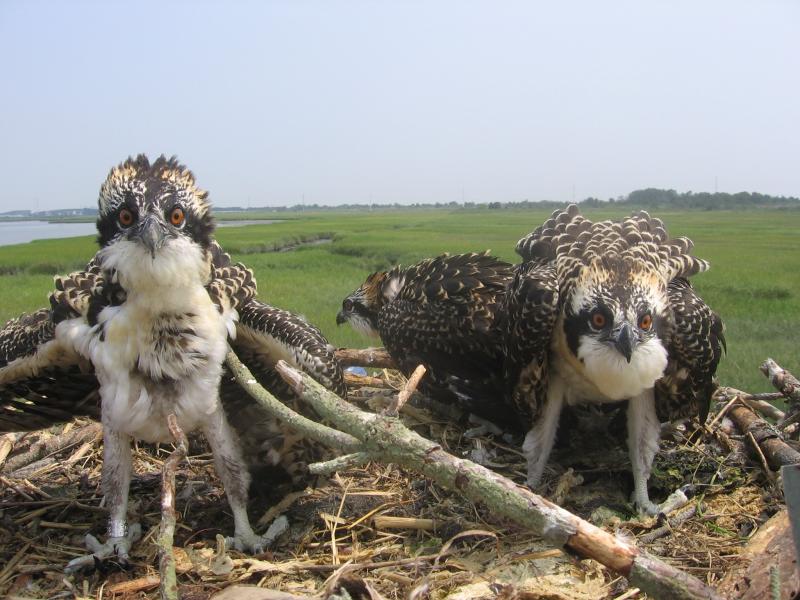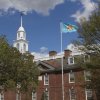Center for Inland Bays to conduct osprey count
The Center for the Inland Bays is looking for volunteers to help the organization conduct its very first osprey count.
Nivette Perez-Perez, CIB project manager and volunteer coordinator, said the last aerial survey, conducted by the Delaware Division of Fish and Wildlife in 2014, showed 92 nesting pairs in the Inland Bays watershed.
This survey is expected to explore a wider range of areas around the Inland Bays, said Perez-Perez in an email Feb. 23. There are expected to be quite a few more nests in 2021 due to the addition of man-made nesting platforms and anecdotal successful fledgling counts reported by volunteer monitors since that 2014 survey, she said.
Jodi McLaughlin, volunteer survey leader, said by counting arriving and nesting ospreys, scientists and researchers will have more information to measure the health of the Inland Bays and its watershed. An osprey's diet is about 99 percent fish, she said, so healthy populations of osprey indicate a good supply of suitable fish, which is good news for both recreational and commercial fishing industries.
Long-term data records could also help researchers better understand broader impacts, such as how climate change impacts the species, said McLaughlin.
Perez-Perez said osprey populations plummeted in the mid-1900s due to heavy use of the pesticide DDT, which was largely used to control mosquitoes. DDT was banned in 1972, and ospreys slowly began making a comeback, which continued into the late 1990s.
In the early 2000s, she said, the state partnered with the Delaware Ornithological Society to place man-made osprey nesting platforms near duck blinds in the marshes of Delaware Seashore State Park. Private citizens also built nesting platforms, and the osprey population continued to increase, she said.
Describing the aerial raptor as one of the region's top predators, McLaughlin said ospreys tend to nest naturally on open tree limbs or dead trees, but the birds have started to nest on all sorts of man-made structures – cellphone towers, channel markers, roofs, docks, boat lifts, power line poles and occasionally tree stumps.
The survey will be conducted by volunteers from land or on water, said McLaughlin. They will be searching for new nest sites on cellphone towers, power line poles and along small tributaries.
Volunteers will be assigned to specific areas to collect information on the location of nesting sites and the number of actively bonded pairs using individual nesting sites, said McLaughlin. Assigned sites will be monitored at least twice a month by volunteers in April and May when nests are active.
Ospreys are one of the most beloved species in the Inland Bays, said McLaughlin. Ospreys bond for life even though they spend winters apart, and everyone loves a good love story, she said.
The Center for the Inland Bays will host an online volunteer training session at 6 p.m., Tuesday, March 9. For more information or to sign up to participate in the count, contact McLaughlin at rjmcfranco@hotmail.com.
Chris Flood has been working for the Cape Gazette since early 2014. He currently covers Rehoboth Beach and Henlopen Acres, but has also covered Dewey Beach and the state government. He covers environmental stories, business stories and random stories on subjects he finds interesting, and he also writes a column called Choppin’ Wood that runs every other week. He’s a graduate of the University of Maine and the Landing School of Boat Building & Design.






















































